Winter heating can be tough, and although you may not like the idea, “winter is coming”.
With the night’s drawing in and clocks readying themselves to go back an hour, now is the time to get your home winter ready!
To help, we’ve put together this simple list of heating “do’s” and “do nots” so you can avoid those common heating mistakes as we move closer to winter.
Don’t Place Items Too Close To Radiators
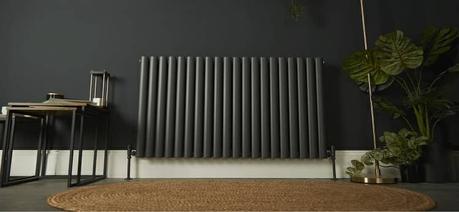
A desk, a couch or even your curtains – anything in front of a radiator can reduce its efficiency.
Placing furniture or other objects in front of a radiator will mean that heat accumulates there and won’t evenly distribute into the room.
Radiators should always be clear to allow the circulation of air around them, and placing even the smallest of objects in front of them will impact how well they heat a space.
Do Use Your TRVs Correctly
Misreading the number on a thermostatic radiator valve (TRV) can impact how warm a room gets and how much energy you use.
Don’t misunderstand how TRVs work!
Turning them to the highest temperature setting won’t make a radiator heat up faster.
The numbers on TRVs represent a range of temperature settings.
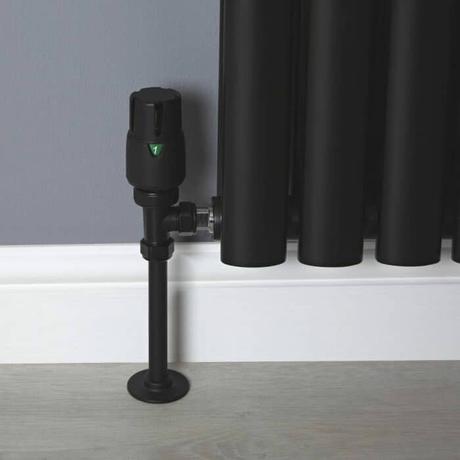
As a rule of thumb, the asterisk (*) on your TRV sets the temperature around 5℃ (41℉) and helps to protect your radiator against frost damage.
A turn up to position 1 is around 12℃ (54℉), number 2 16℃ (61℉), position 3 20℃ (68℉), 4 at around 24℃ (75℉) and the top setting of 5 is about 28℃ (82℉).
Many people seem to think that by whacking up the TRV setting to level 5 they’ll warm up a space faster than at any of the lower settings.
But, this is wrong!
TRVs work based on the temperature of the space around them.
A higher setting won’t make much of an impact on how warm the room is and could use more energy than you need to heat the room.
The best practice with TRVs is to set them a little lower, as this will still ensure the space is heated comfortably, and won’t have as big an impact on the cost of keeping warm.
Do Heat Rooms Correctly
And Don’t Heat Rooms You Don’t Use!
Different rooms call for different temperatures.
We’d recommend the following temperatures for the different rooms of your home.
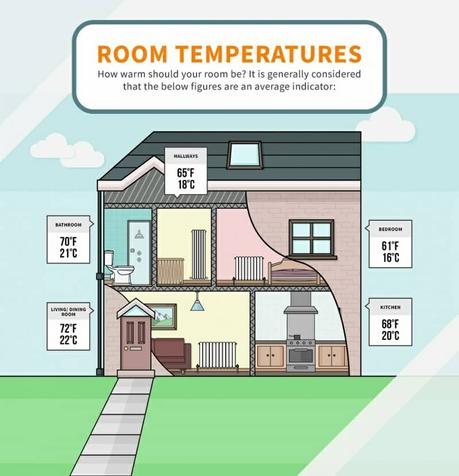
Bedrooms should be set around 16 to 18℃ as you’ll probably have a nice thick blanket or duvet cover to keep you warm in there – and perhaps a partner or a pet to snuggle with too!
Any higher and your bedroom could be uncomfortable to sleep in and you’ll end up not getting the rest you need to face winter’s cold and dark days.
If you have a TRV on your bedroom radiator, you should set it between 2 and 3 to achieve this comfortable night time temperature.
Bathrooms should be around 21℃ but you could have them warmer if you want to avoid the morning chill.
Though you’re unlikely to have a TRV in your bathroom, if you do, set it to around 3.5 to ensure you have a nice ambient temperature for your morning shower routine!
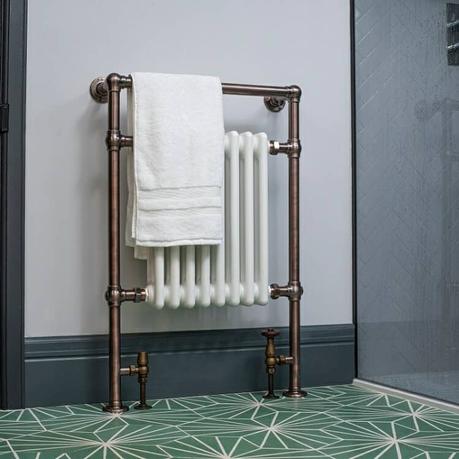
For hallways and kitchens, a setting of around 2.5 should be sufficient and help you achieve an ambient temperature of around 18 to 20℃.
In your living room – where you’ll likely spend most of your winter days at home – setting the thermostat to 3.5 will help you settle in at around 22 to 24℃.
For those rooms you don’t use often, you should set the TRV to the asterisk (*).
That will mean that the heating will only come on in that room when the temperature drops below 5℃ and protect your heating system from frost damage.
Don’t Keep The Heating On Constant!
It’s cold in winter, we get it.
And everyone loves a nice cosy space to relax and enjoy time with family.
But, leaving your heating on all day and turning it up to the max level is not a good idea.
Energy costs are on the rise and home heating does expend a lot of energy.
For every degree Celsius you turn up your home’s heating, you’re adding about 6% to the cost of warming your home.
So, if you turn up from 20℃ to 24℃ that’s nearly 25% more expensive than if you don’t!

In a world where “carbon neutrality” and “environmentally-friendly” are the buzzwords of the day, you should try and keep temperatures around 20 to 21℃.
If you’re feeling the cold, stick on an extra layer, put on some thick socks and cover yourself in your favorite blanket.
Doing so will not only save you money, but will make a little bit of difference to our carbon neutral goals!
Do Get Ventilation Right!
In winter the humidity in your home will increase and can become very high.
Therefore, it is important to ventilate your home properly.
This means not leaving windows partially open all the time, but instead opening them fully for several minutes each day.
Partially opened windows won’t ventilate your home and will mean your heating has to work harder to warm a space.
Best practice is to open your windows as wide as you can a couple of times each day.
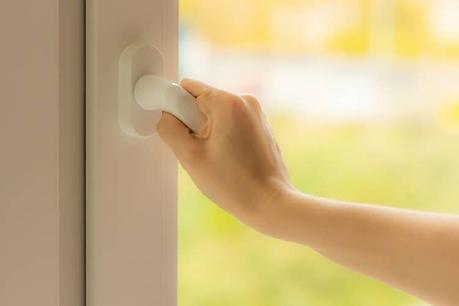
This is especially important in the morning, in your bedroom.
The humidity in your bedroom will increase throughout the night, so when you get up in the morning you should open your window wide to let the air circulate.
You should also remember to turn off radiator valves while ventilating.
Leaving them on for just 10 minutes with the window wide open will expend energy for no reason and heat will be wasted through the open window.
Do Insulate Windows & Doors Properly
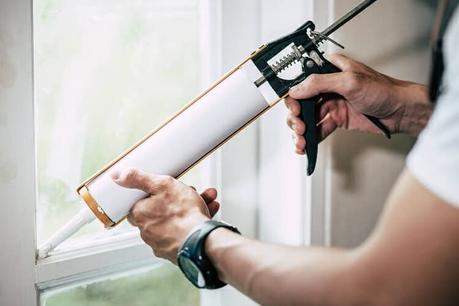
You already know this, but improperly insulated windows and doors allow heat to escape your home.
Turning on the heating is a waste of time and energy if that heat doesn’t stay inside!
Leaks in windows and doors are common in every home, so it’s important to check seals around them to minimise heat loss and maximise your winter heating efforts.
Check around your windows and doors and, if you do find a draught, fill in holes with rubber or foam sealants or tape.
You can find a range of solutions online and can complete the job of sealing your home against the elements in an afternoon.
Don’t Dry Washing On Your Radiator

There are a couple of reasons to NOT dry clothes on a radiator during winter.
Firstly, as with putting furniture in front of it, if you drape clothes over your radiator the heat will not be evenly distributed into the room.
This can make spaces feel cold and as steam rises from the clothes, it can also make a space feel damp and uninviting too.
This steam also increases the chances of mold build up and can contribute to a range of health conditions.
If you must dry clothes indoors, use a clothes maiden placed near to your bathroom towel radiator and switch on your bathroom extractor fan as the clothes dry.
You can check out our article on why you shouldn’t dry clothes on a radiator to find out more information.
Do Check The BestHeating Advice Centre & FAQ Pages
Last, but by no means least…
If you have a query or are unsure of what to do to get the best performance out of your radiators, towel rails and more, drop us a line or ask a question below.
And don’t forget to visit our FAQ pages for a wealth of home heating tips and advice.
If there’s a question that needs answering, chances are you’ll find just what you’re looking for there!


